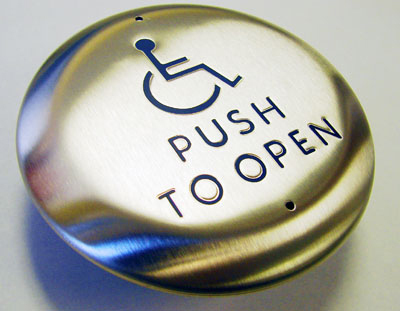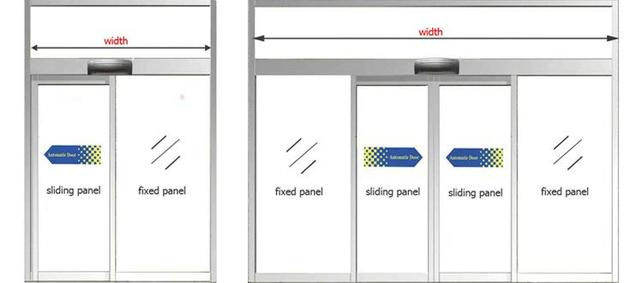In today’s society, automatic doors have become a common sight on across the globe. They are often found at retail stores, commercial buildings, offices, public buildings, clinics, etc. These doors are usually installed for purposes like ease of action or aesthetic appeal.
Buildings opting for automatic sliding doors are generally buildings with a large flow of users, for instance supermarkets or shopping malls. These doors allow a large number of users to pass through them without having to put in any extra effort of pushing or pulling. An extra benefit of these doors is that they are transparent, which provides most user general visibility to those is approaching from the other side which minimizes confusion and avoids collision.

Though not originally designed for people with mobility issues, these doors have improved accessibility for a wide variety of users from people who use wheelchairs, older people, people with less physical strength to parents pushing baby-carriages, people holding shopping bags or even people who are temporarily disabled because of an illness or accident.
The Automatic Sliding doors usually utilize motion sensors (which detect movement) that identify the approach of a person and open the doors. Then, after a preset time, they close again. They are usually equipped with a feature that allows the sliding door to swing when pushed out in emergencies. This feature, known as ‘breakout’ feature, which qualifies them to be used in locations that require emergency exits. Some buildings also use the ‘Automatic Operators’ for such doors. An automatic operator can be described as a button which is generally pushed for the doors to open. This is most commonly seen for swinging doors. Automatic operators have become a common sight at public places such as railway stations, hospitals and even housing societies and is expected by people.

These doors are considered aesthetically pleasing because of their simple design. They can also be customized as per the buildings requirements without becoming economically taxing. Moreover, since the action of door opening and closing is very quick, there is no significant loss of heat, as a result there are substantial savings on the utility bills, while the temperature remains at a comfortable level for the people using the premises. Moreover, these systems help to effectively regulate the flow of air entering or leaving the building.
Even though Automatic doors aren’t required as per ADA ( Americans with Disabilities Act ) standards, it is encouraged to put in automatic doors because they provide greater accessibility. Most buildings be it private or public have opted for automatic doors because of all the additional benefits they provide even apart from being highly beneficial for people who are physically impaired or use wheelchairs.
Bibliography:
https://www.pchenderson.com/sliding-door-hardware-offers-many-advantages-visitors-mobility-access-needs/
https://laforceinc.wordpress.com/2016/06/06/why-use-utilize-automatic-operators-for-swinging-doors/
https://adata.org/factsheet/opening-doors-everyone
https://www.dashdoor.com/resource-center/technical-articles/automatic-doors-what-you-need-to-know-about-specifying-and-standards/
https://medium.com/@arcaes034/benefits-of-automatic-sliding-doors-to-install-at-commercial-place-ecd5875f3717
